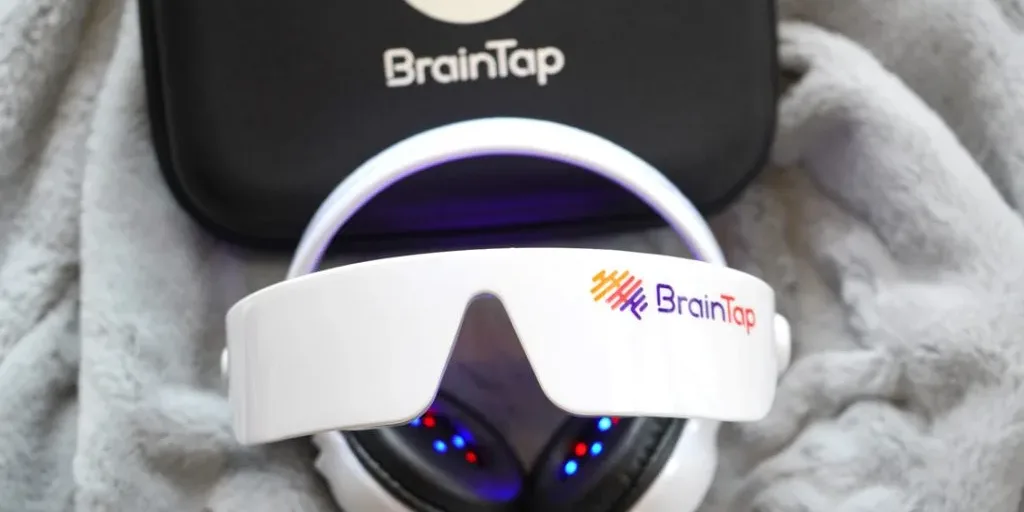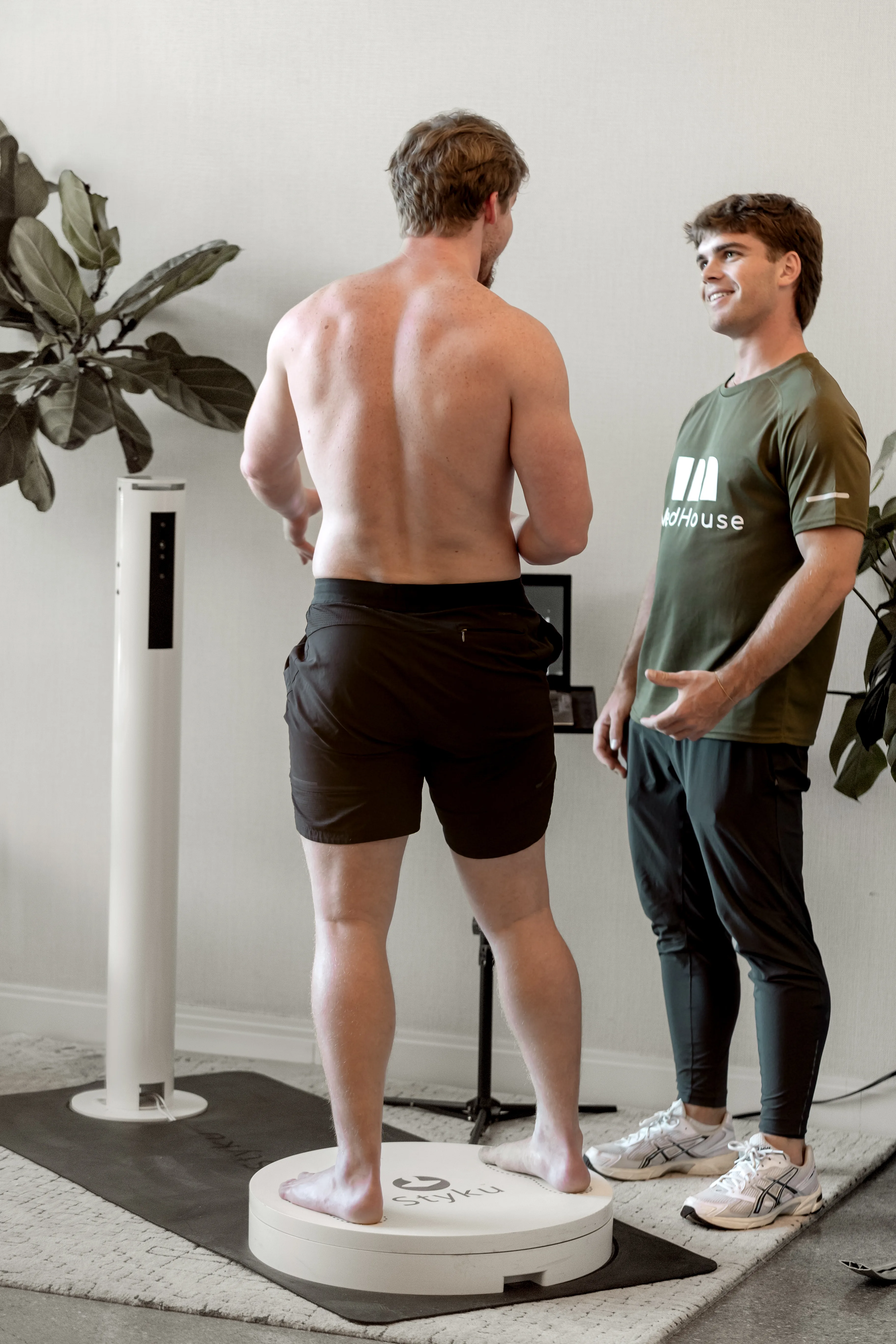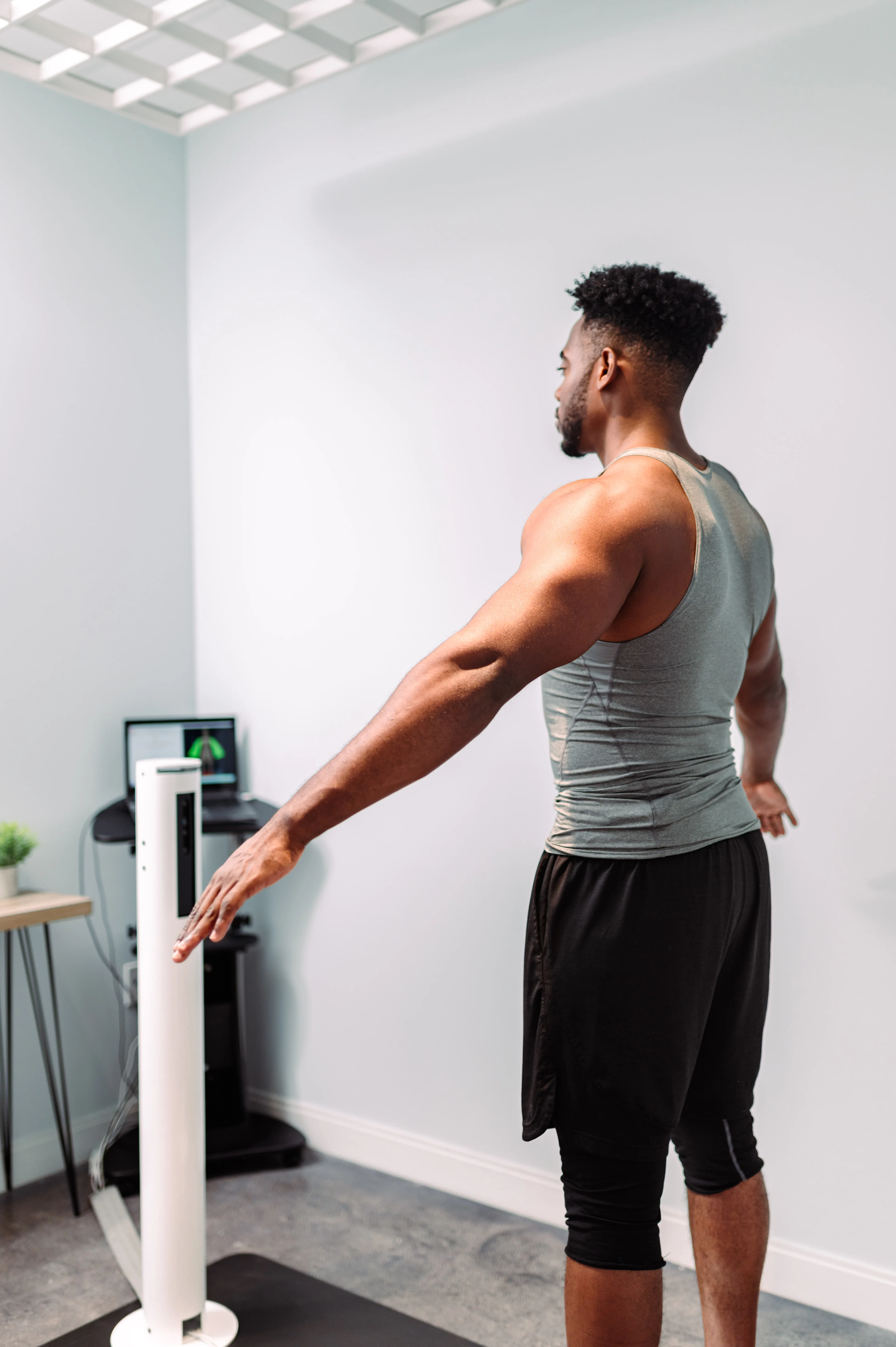In a world wired for distraction, deep relaxation doesn’t come easy. Most people live in high-alert brainwave states all day long—multitasking, overthinking, under-sleeping—and the result is a nervous system that never gets the message to power down.
Enter BrainTap: a guided audio-visual technology designed to shift your brain out of stress mode and into deep recovery. In just 20 minutes, it can help you reset mental fatigue, improve focus, and re-sync your brain and body for better sleep, energy, and emotional balance.
So, what actually happens during a BrainTap session? Let’s walk through it.
What Is BrainTap?
BrainTap is a headset that combines binaural beats, guided meditation, LED light therapy, and neuro-acoustic entrainment to bring your brain into optimal states—without effort, apps, or guesswork.
In every session, you wear the BrainTap headset, close your eyes, and listen to a guided experience that synchronizes your brainwaves with the desired outcome: focus, deep sleep, calm, energy, or creativity.
Inside the Session: What to Expect
Step 1: Settle In
You’ll sit comfortably, place the headset over your eyes and ears, and select a session based on your goal. Each track uses specific audio frequencies and light patterns to entrain your brain into the corresponding state.
- Need recovery? Choose alpha or theta programs.
- Need energy? Choose a beta or gamma stimulation.
- Need to sleep? Choose a delta-guided session.
Step 2: Audio + Light Entrainment Begins
The headset begins emitting binaural beats (slightly different tones in each ear), which the brain naturally follows into a new rhythm—a process called frequency following response. At the same time, isochronic tones (rhythmic pulsing tones) reinforce the entertainment process.
Simultaneously, LED lights begin pulsing through the visor and earphones—non-invasively stimulating the visual and auditory systems to accelerate the shift into a relaxed, neuroplastic state.
Step 3: Guided Visualization + Breath Cues
The voice track guides you through calming breathwork and mental imagery—sometimes with affirmations or subconscious rewiring suggestions. This creates a sense of grounded presence while tapping into deeper layers of mental processing and emotional reset.
What’s Happening in Your Brain
Each BrainTap session is designed to target specific brainwave states, such as:
- Beta (13–30 Hz): Alert, focused thinking
- Alpha (8–12 Hz): Calm, creative awareness
- Theta (4–8 Hz): Meditative, subconscious reset
- Delta (0.5–4 Hz): Deep sleep and regeneration
- Gamma (30–100 Hz): Cognitive integration and learning
By shifting brainwaves intentionally, BrainTap helps you downregulate the stress response and train your nervous system to enter a more coherent, adaptive rhythm.
This matters because most people are stuck in high beta all day long—fueling anxiety, insomnia, and emotional fatigue. With BrainTap, the body follows the brain into balance.
How You’ll Feel After
Most users report:
- Increased mental clarity
- A noticeable sense of calm
- Enhanced focus or energy (depending on session type)
- Better sleep that night
- Emotional relief or a lighter mood
The effects build over time. Regular users often report enhanced resilience, emotional regulation, and cognitive sharpness—even with just 2–3 sessions per week.
Who Is BrainTap For?
- Overthinkers and high-performers who can’t “shut off”
- Clients with sleep issues, anxiety, or burnout
- Biohackers looking for effortless nervous system recovery
- Practitioners who want to calm the body before or after IV, sauna, or peptide protocols
And because the technology is passive, it’s perfect for people who say they “can’t meditate.”
The Bottom Line
In just 20 minutes, BrainTap delivers what most of us desperately need: a break from constant stimulation—and a fast track to focus, balance, and clarity.
No effort. No screens. Just deep restoration, powered by science and sound.
Ready to feel what 20 minutes of true mental clarity and nervous system balance can do? Come try BrainTap at MedHouse. Whether you’re looking to improve sleep, enhance focus, or recover from stress, our team will help you select the right session to meet your goals.
References:
- Wahbeh, H., Calabrese, C., & Zwickey, H. (2007). Binaural beat technology in humans: a pilot study to assess psychologic and physiologic effects. The Journal of Alternative and Complementary Medicine, 13(1), 25–32.
- Huang, T. L., & Charyton, C. (2008). A comprehensive review of the psychological effects of brainwave entrainment. Alternative Therapies in Health and Medicine, 14(5), 38–50.
- Thompson, M., & Thompson, L. (2003). The neurofeedback book: An introduction to basic concepts in applied psychophysiology. ISNR Research Foundation.







